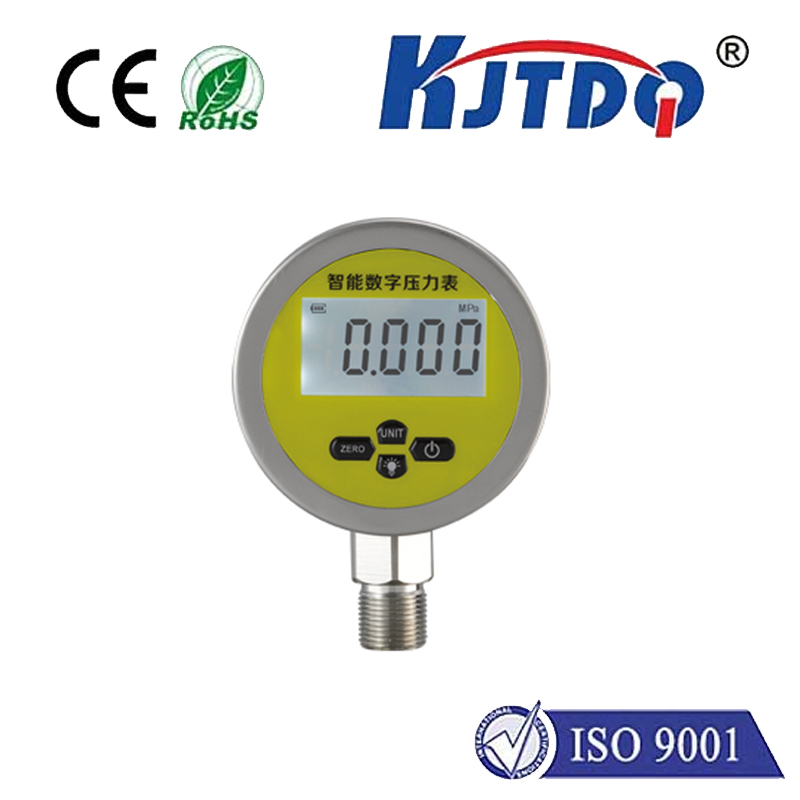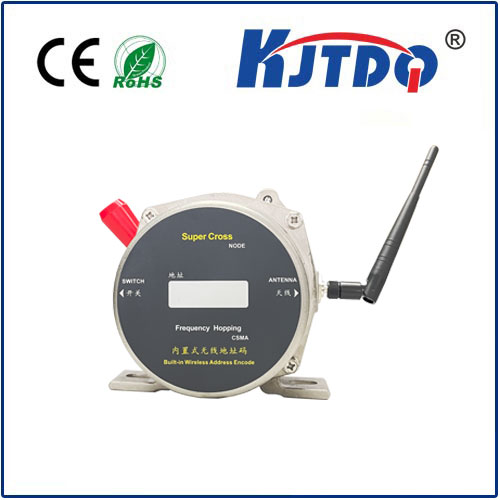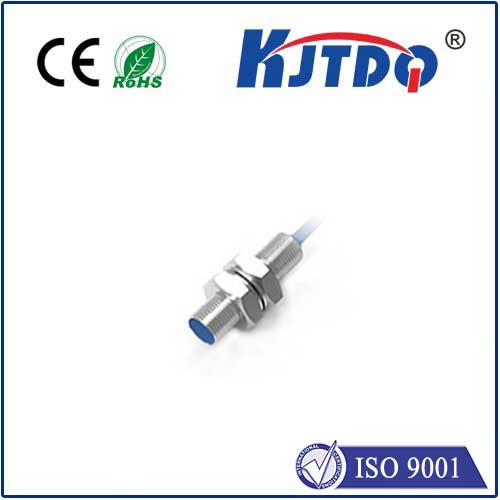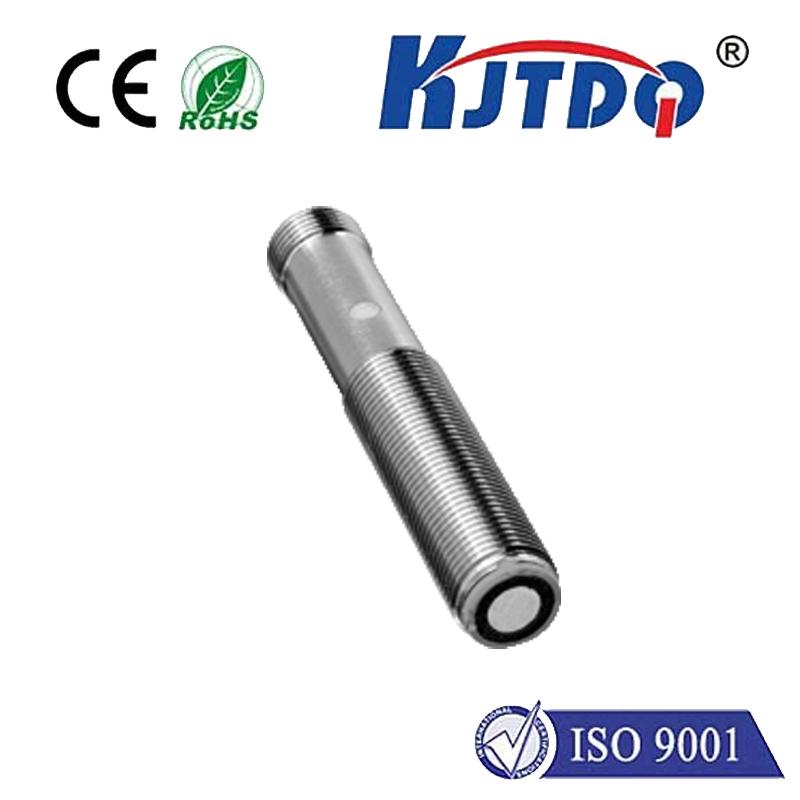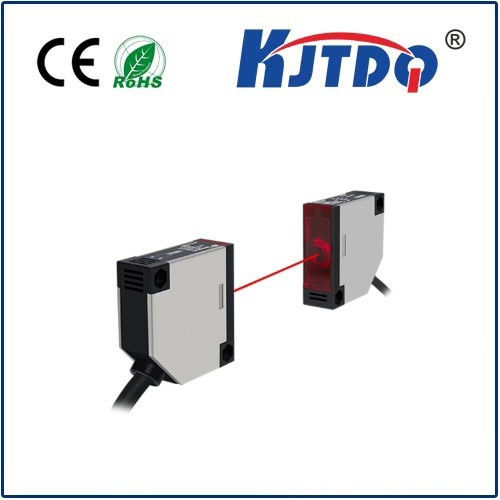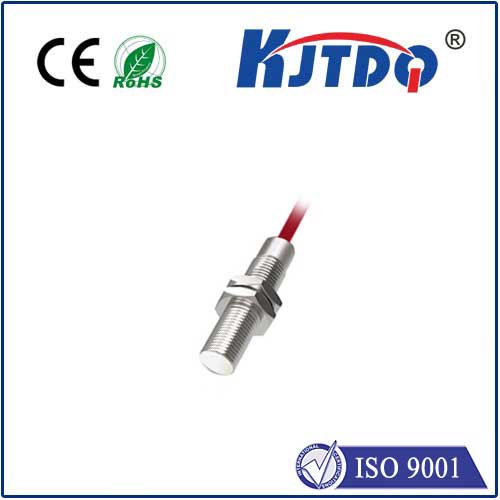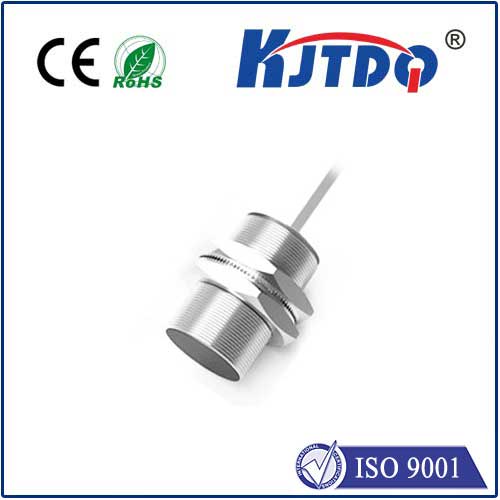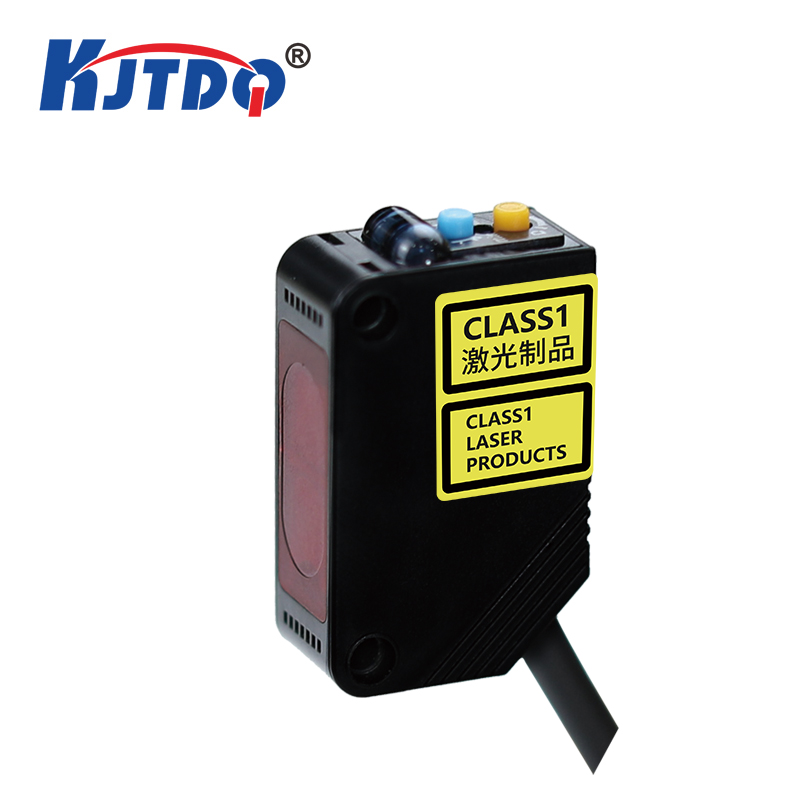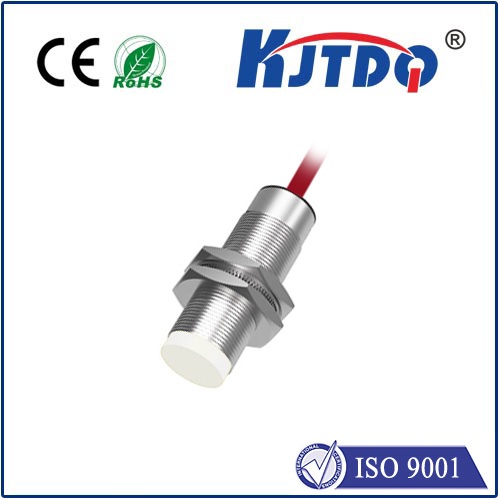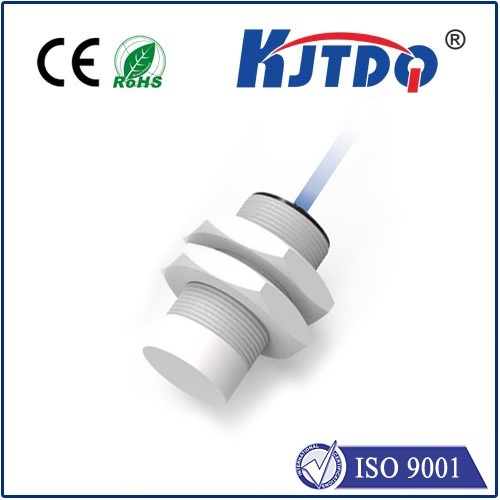BHS0030 proximity sensor
- time:2025-10-02 05:12:18
- Click:0
BHS0030 Proximity Sensor: The Unseen Guardian of Industrial Precision
Imagine a high-speed production line where robotic arms zip with lightning speed, assembling components with micron-level accuracy. One misstep, one collision, and thousands of dollars in damage and costly downtime ensue. What prevents this chaos? Often, it’s a small, unassuming device like the BHS0030 proximity sensor, tirelessly working behind the scenes as the silent sentinel of automation. These ubiquitous sensors are the fundamental eyes of modern machinery, detecting presence, absence, or position without physical contact, enabling the speed, safety, and reliability we demand in today’s industrial landscape.
Understanding the Proximity Sensor: The Core Technology
At its heart, a proximity sensor like the BHS0030 detects the presence or absence of a nearby object within its specified sensing range – without needing physical touch. This non-contact operation is crucial. It eliminates wear and tear associated with mechanical switches, drastically extending operational life and reliability, especially in dirty, wet, or high-vibration environments common in factories and plants.
The BHS0030 specifically is almost certainly an inductive proximity sensor. This popular type works on the principle of electromagnetic induction:
- Generating the Field: An oscillator within the sensor generates a high-frequency alternating electromagnetic field that radiates from the sensor’s active face.
- Target Interaction: When a metallic object (the “target”) enters this field, eddy currents are induced on the surface of the metal.
- Detection: These eddy currents draw energy from the sensor’s oscillating circuit, causing a measurable change in its amplitude (or sometimes frequency).
- Signal Output: The sensor’s internal circuitry detects this change and triggers its output state – typically switching an electrical load (like a PLC input, relay, or lamp) on or off. This switch point occurs at the sensor’s defined sensing distance.
Key advantages of inductive sensors like the BHS0030 proximity sensor include their robustness against dust, dirt, oil, and water (often rated IP67 or higher), insensitivity to ambient light, high switching speeds capable of handling fast-moving targets, and exceptional longevity.

Decoding the BHS0030: Performance & Specifications
While exact specifications can vary slightly depending on the manufacturer, the designation “BHS0030” typically signifies a standardized cylindrical sensor with specific, widely recognized characteristics:
- Size: The “0030” often indicates an M30 (30mm diameter) threaded barrel housing. This is a very common industrial size, offering a good balance between sensing range, physical robustness, and ease of installation.
- Sensing Range: Standard inductive sensors in this size class usually offer sensing ranges between 5mm and 15mm, with a nominal range (e.g., Sn = 10mm or 15mm) being typical for the BHS0030. Critical Note: The actual usable sensing distance depends on the type of target metal (steel offering the maximum range, while non-ferrous metals like aluminum or brass require a reduction factor).
- Output Type: The BHS0030 typically comes in variants:
- Normally Open (NO): Output switches ON when a target is present.
- Normally Closed (NC): Output switches OFF when a target is present.
- PNP (Sourcing): Outputs a positive voltage when active.
- NPN (Sinking): Outputs ground (0V) when active.
- Selecting the correct output configuration is essential for compatibility with your control system (e.g., PLC).
- Connection: Common options include a fixed cable exiting the rear (e.g., 2m PVC or PUR) or a connector version (like M12).
- Environmental Ratings: Look for high IP (Ingress Protection) ratings like IP67 (protected against temporary immersion) and IP69K (protected against high-pressure, high-temperature washdowns) and robust operating temperature ranges (e.g., -25°C to +70°C) for industrial resilience.
Why the BHS0030 Proximity Sensor is an Automation Cornerstone
The ubiquity of the BHS0030 inductive proximity sensor format stems from its versatility and reliability:
- Position Verification: Ensuring cylinders are retracted/extended, confirming parts are correctly seated in fixtures, detecting end-of-stroke positions. “Is the part in place?” is a fundamental question answered instantly.
- Object Detection & Counting: Detecting metal parts on conveyors, counting bottles via metallic caps, signalling the presence of pallets or totes. Essential for process flow control and inventory tracking.
- Speed Monitoring: Monitoring the rotation of gears or shafts by detecting passing teeth or keyways.
- Safety Interlocks: Acting as part of safety circuits to confirm guards are closed or doors are secured before machine startup. Non-contact makes them ideal for safety edges where physical switches would wear.
- Limit Control: Defining the boundaries of motion for moving parts without mechanical stops.
What Sets a Quality BHS0030 Apart?
Not all BHS0030 proximity sensors are created equal. Features distinguishing high-performance versions include:
- Extended Sensing Range: Some models offer ranges beyond the standard Sn=10mm/15mm for greater installation flexibility.
- Temperature Resilience: Wider operating temperature ranges (e.g., -40°C to +85°C) for extreme environments like foundries or freezer warehouses.
- Enhanced Shielding: Factor 1 Sensors maintain their nominal sensing range regardless of mounting in metal (flush mountable). This is crucial for cramped installations where the sensor must be sunk into a metal bracket. Non-shielded (Factor 2) sensors require more free space around them.
- Output Diagnostics: Built-in LEDs providing clear status indication (power, output switch state) for easy commissioning and troubleshooting.
- Robust Housing: High-grade stainless steel barrels or resistant PBT plastic caps for maximum durability under chemical exposure or physical impact. Resistance to cutting fluids or washdown chemicals is vital.
- High-Speed Capability: Short response times enabling detection of very fast-moving targets on packaging or assembly lines.
Integrating the BHS0030: Best Practices
Maximizing the performance and lifespan of your BHS0030 proximity sensor involves thoughtful installation:
- Mounting: Ensure the target approaches perpendicular to the sensor face (not at an angle) for reliable detection. Respect the specified mounting distances if using non-shielded (factor 2) sensors near metal.
- Target Considerations: Always account for the target material reduction factor. An aluminum target requires the sensor to be mounted closer than the nominal Sn range specified for steel. Use targets larger than the sensor face for optimal detection.
- Electrical Connection: Follow manufacturer wiring diagrams meticulously. Ensure the correct voltage supply (typically 10-30V DC for DC versions) and connect the output to the appropriate PLC input type (PNP/NPN, sinking/sourcing). Protect wiring from damage.
- Environment: While robust, avoid extreme physical shock, excessive buildup of conductive metallic dust directly on the face, or immersion beyond the specified IP rating and duration.
From ensuring robotic arms don’t collide to silently counting thousands of products per hour, the BHS0030 proximity sensor exemplifies the critical, often overlooked technology that makes modern automation reliable and efficient. Its standardized form factor, robust inductive sensing principle, and proven track record solidify its position as an indispensable workhorse across countless industries. Selecting high-quality, correctly specified variants ensures these unseen guardians perform their vital tasks flawlessly for years, safeguarding processes, enhancing productivity, and driving operational excellence.






